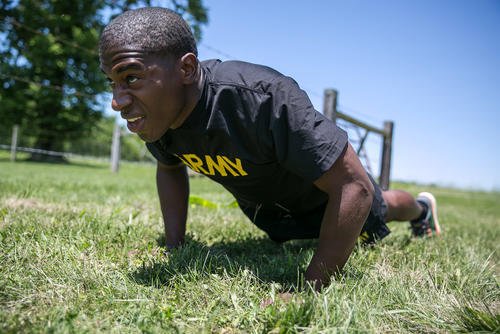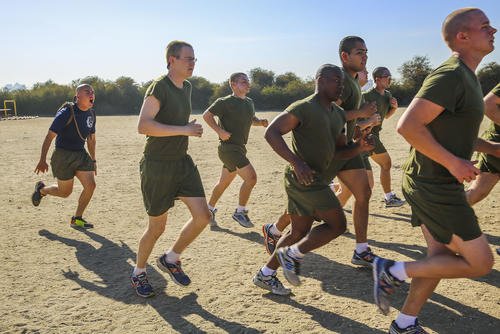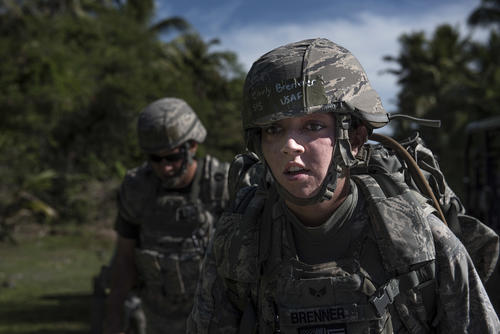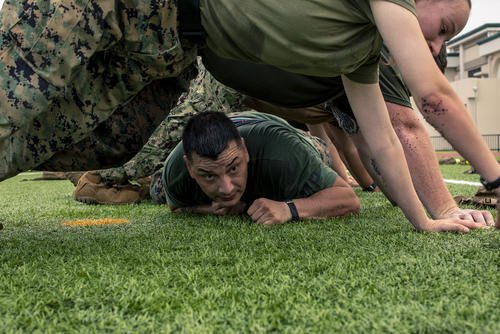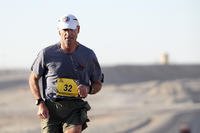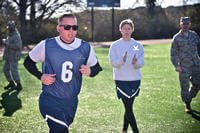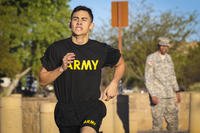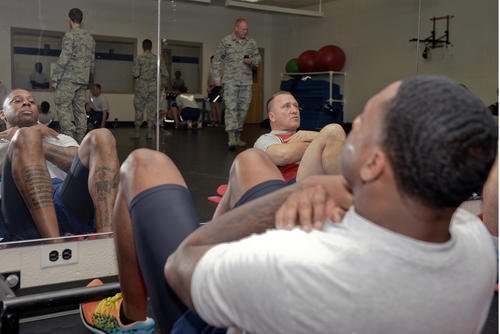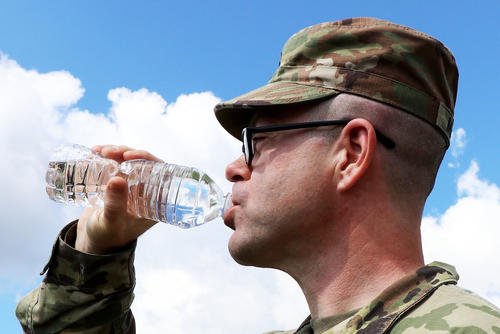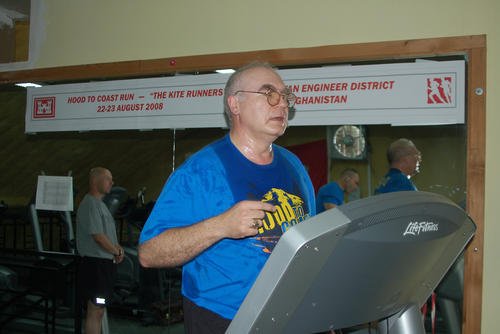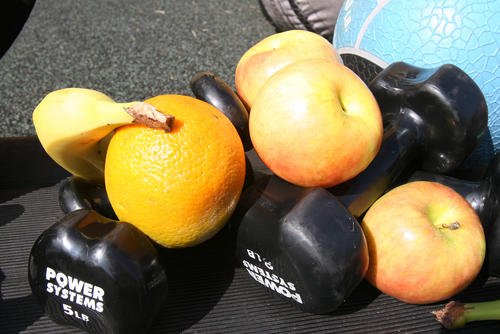The concept of the "tactical athlete" is a relatively recent development in military fitness training. "Tactical fitness" did not begin to emerge until the mid-2000s, with military fitness programming and philosophy undergoing the most significant changes in the last 20 years.
Here is a question from a recruit new to tactical fitness:
Stew,
How has tactical fitness changed over the years? What was it like in the '80s and '90s?
Thanks,
Zach
Fitness Training in the 1990s and Earlier
Several decades ago, those in the military rarely saw themselves as "athletes." Fitness was viewed as a requirement, not an identity, and most training programs were supplemental to the job and tailored to service members' interests.
For many, the frequency of workouts increased about three to four weeks before the next fitness test, which typically consisted of push-ups, sit-ups, crunches and running. After the required test, many did not prioritize maintaining a high level of fitness.
Read Next: How Your Eating Habits Affect Sleep Quality
Not all military branches had this mindset, though. Some -- notably the Army and Marine Corps combat arms (and special operations) -- included load-bearing exercises and rucking as part of their routine. At the same time, other services had diving and swimming as job requirements. However, resistance training for strength was generally left to personal initiative; those interested would lift weights on their own time.
Post-9/11 Era: The Rise of the Tactical Athlete
A new identity emerged primarily in response to the several years of war that began around 2008. More research was conducted on the "military athlete," focusing on performance, stress mitigation and recovery. After organizations such as the National Strength and Conditioning Association created tactical strength and fitness training programs, I first heard the term "tactical athlete."
The reframing altered how individuals in these professions perceived themselves and their physical preparation, as well as their mental and physical recovery. As the military recognized the need for optimal performance, longevity, stress mitigation and effective holistic programming, it also increased its spending on research.
We all learned that the tactical athlete needs to be "good at everything," rather than great at a few elements of fitness, unlike the competitive sports athlete. Fitness training broadened to include not just muscle stamina and endurance, but also strength, power, speed, agility, flexibility, mobility and grip strength. These new priorities reflected an understanding of the real-world demands faced in the workplace. See the Army Holistic Health and Fitness Program.
Tactical fitness programs now integrate a broad spectrum of physical abilities, ensuring readiness for any challenge. Education in health, wellness and nutrition for optimal performance and recovery is also a key addition to the tactical athlete in today's military. Many new combat fitness tests, all evolving during the 2010s, include all the elements of fitness above.
There has also been a shift toward greater institutional support. Investments in research on the warfighter and the identification of subject-matter experts have made service members more well-rounded athletes and allowed them to take better care of their health. The military especially has invested heavily in gym facilities and resources for recovery, such as guidance on sleep quality, nutrition and hydration.
Although it is not perfect, military training has become more effective. There is now a much greater awareness and understanding of the importance of recovery and injury prevention, resulting in safer and more effective training regimens across all tactical professions.
These reflections highlight a significant shift in the approach to tactical fitness in the past few decades. From a narrow focus on endurance and calisthenics, today's programs recognize the broader demands of military, police and firefighter roles.
The Military.com Fitness section has existed throughout the evolution from "military fitness" to "tactical fitness," creating helpful content for the "tactical athlete" to help them see themselves as true athletes, prepared for the unique challenges of their physically demanding and stressful professions.
Want to Learn More About Military Life?
Whether you're thinking of joining the military, looking for fitness and basic training tips, or keeping up with military life and benefits, Military.com has you covered. Subscribe to Military.com to have military news, updates and resources delivered directly to your inbox.







